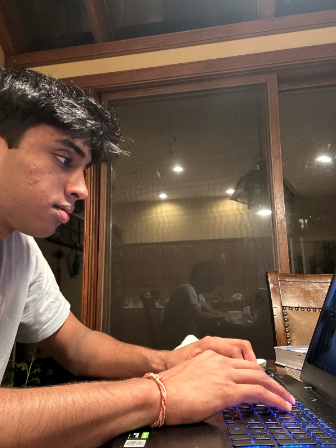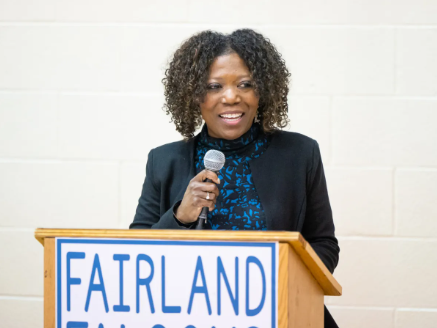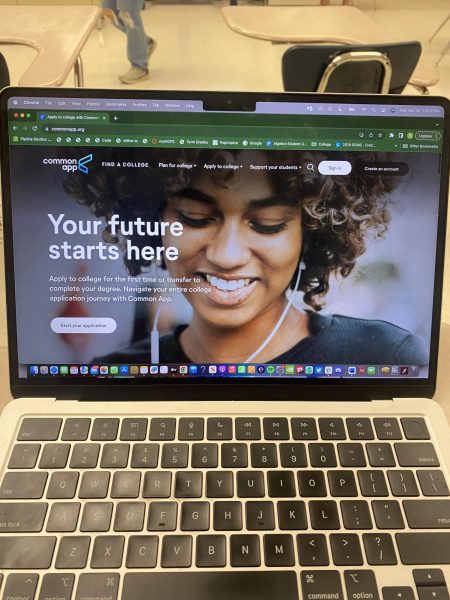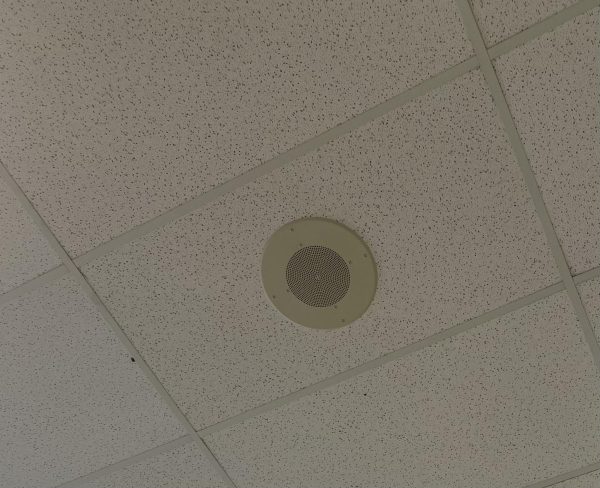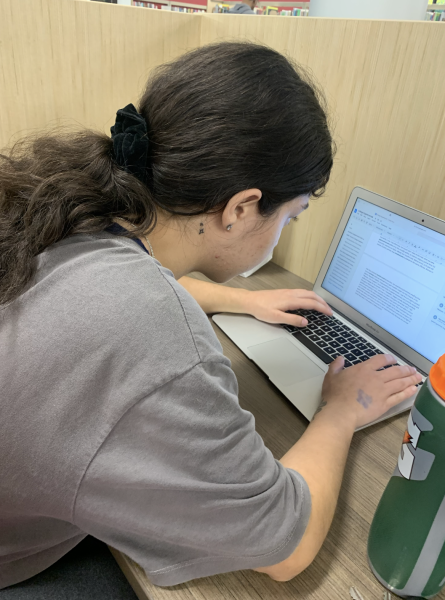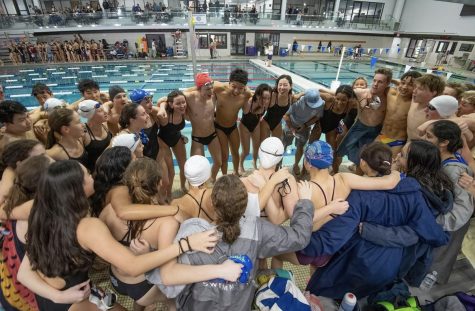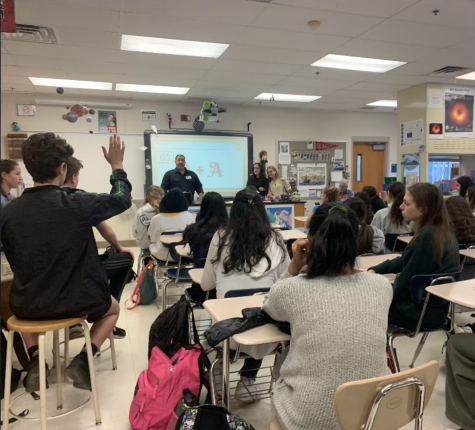Women’s March on Washington
January 23, 2017
On Jan. 21, 2017, more than 500,000 people came together and marched in Washington, D. C. to the White House to support the rights of women and other minorities.
Due to the recent election cycle, many people belonging to minorities such as LGBTQIA, muslims, women, African Americans, and more feared for their rights and felt threatened. The day after elections, a Facebook post was created suggesting a march on Washington, and before long it became an event with more than 470,000 likes.
“I decided I wanted to go [to the march] because I wanted to be a part of something I believe in and to stand up for gender inequality,” sophomore Melissa Marks said.
The goal intended for the women’s march on Washington was to send a powerful message to the new government at their first day in office: women’s rights are human rights. The march is aimed at unifying communities and protesting against inequality and the abolishing of abortion, immigration, environmental, disability, and civil rights as well as many others.
According to the Women’s March on Washington website, the march follows the principles of Kingian nonviolence. This is a series of beliefs in which nonviolence is seen as an honorable way to protest and where forces of evil should be attacked instead of the people doing evil. It also promotes self-chosen suffering in order to achieve goals and avoiding all types of violence.
The rally started at 10:00 a.m. on Saturday morning before the march, with guests such as Scarlett Johansson, America Ferrera, and Michael Moore. Musical guests, including Janelle Monae and Angelique Kidjo, were invited to perform on stage for the rally. Speakers addressed important issues concerning the march, talking about abuse, police violence, sexism and planned parenthood.
“I was surprised at the amount of people that showed up from all over,” junior Mariam Hashem said. “Those who couldn’t come had their own marches in countries around the world or different states.”
The march itself started around 1:00 p.m. Thousands of people gathered in the streets of D.C. and marched to the White House, yelling chants such as “my body, my choice” and holding up handmade signs, all creatively portraying thoughts and feelings about gender equality, politics and other topics people felt strongly about.
“It was amazing to see the humongous crowds of people of different races, ethnicities, sexualities, et cetera, all marching for the same beliefs and rights,” sophomore Eliza Trainer said.
At the same time as the women’s march on Washington, similar marches took place in other cities in the United States and all over the world. There were sister marches like the Washington march in New York, Chicago, Boston, as well as ones in London, Paris and Vancouver.
“These topics mean a lot to so many people across the world and I am so happy to see everyone come together and demonstrate peacefully,” Marks said.


